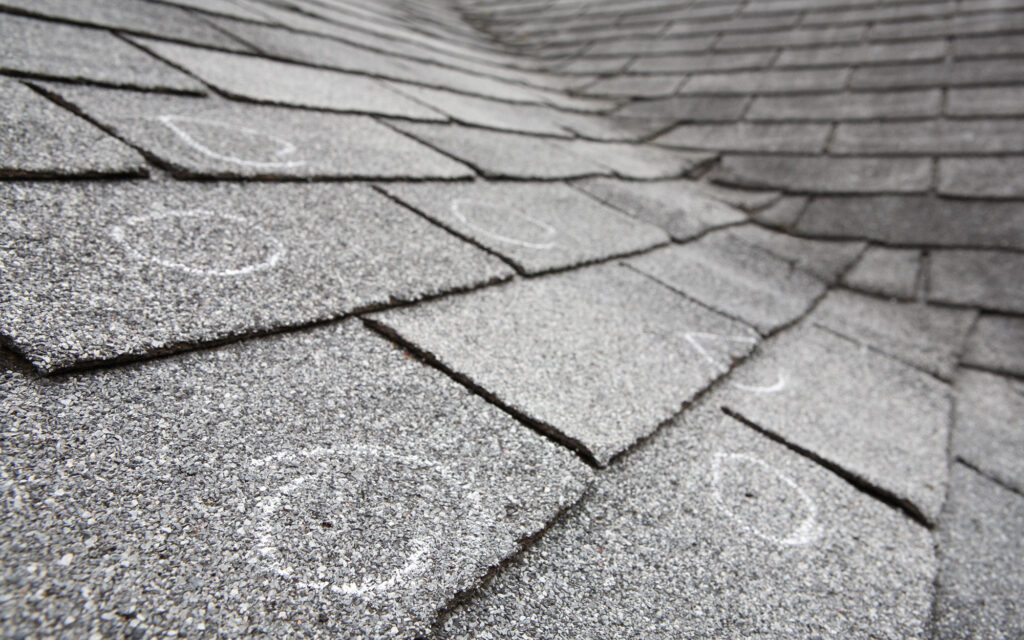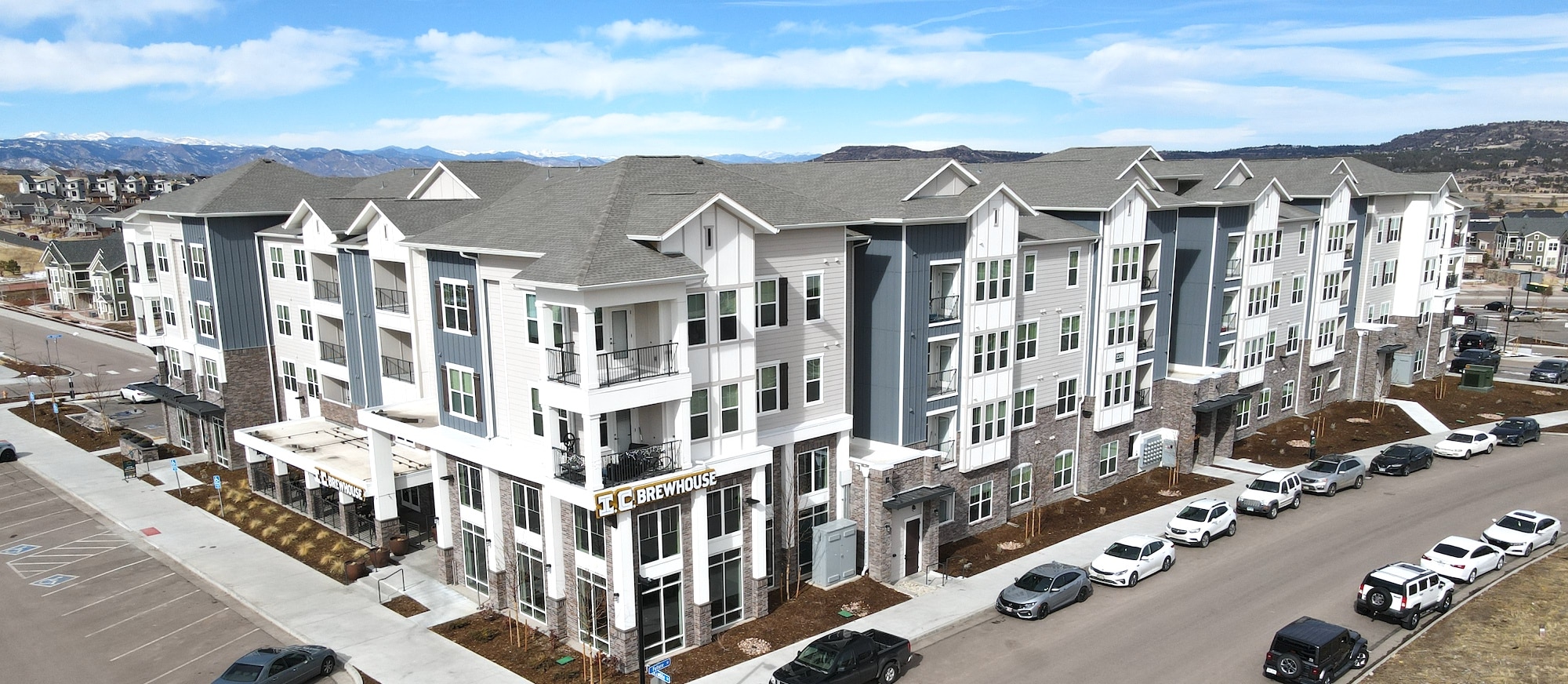Commercial roof replacement
Table of Contents
A Commercial Building Owner, You’re Responsible for a Number of Things Related to Your Property:
Ensuring occupants have access to the utilities and resources they need
Collecting timely payments from renters
Maintaining the landscaping on your property
Clearing snow and ice from your sidewalks in the winter
In addition to all these things, you’re also responsible for tracking the integrity of your building’s roof and need to call in a roofing professional when it’s time for repairs.
Sometimes, roof damage has gone beyond what roof repairs alone can fix, and instead, you need a commercial roof replacement. No matter what type of roof your business has, here are some tell-tale signs that you need a new one.
- Visible Signs of Damage

A general rule of thumb is to have your roof inspected at least yearly to catch any emerging signs of wear and tear. Each commercial roofing material has its own weaknesses, so the specific signs of damage you need to look for will depend on the type of roof you have:
PVC and built-up roofing: cracking
EPDM roof: shrinkage
Membrane roofing: punctures, tears, bald spots, and lifting
While asphalt shingles and metal roofing are less commonly used on commercial buildings than the other materials on this list, they also have their own signs of damage to look out for. These include missing or cracked shingles or panels, warping or corrosion on metal panels, and curling of asphalt shingles. These kinds of damage are often a result of regular weather conditions over time, particularly in areas that experience four seasons throughout the year.
No matter what kind of materials you have on your commercial roof, you should also inspect the flashing for signs of damage. If you see any flashing that is cracked, loose, or missing, you’ll need to get it repaired or replaced as soon as possible. Addressing these issues early can help delay the need for a commercial roof replacement.
- Leaking in Your Building
While signs of damage may not be apparent from looking at the roof, a leak anywhere inside your building is a sure sign that you’re looking at a commercial roof replacement in the near future.
Leaks can appear in a variety of ways; you might notice water stains or general discoloration of the walls or ceilings in your building. You might also see sections of the ceiling that are sagging or areas of the walls that are covered in peeling or bubbling paint.
Issues with leaking commonly occur in areas of the roof where there’s flashing, as these are the areas where there are seams in your roofing material. With metal panels, the areas with fasteners are also at high risk for leaks.
- Sagging Roof
Some types of commercial roofs are more at risk for sagging than others; this is a particular area of concern if you manage a building with a flat roof or any sloped roofs made with modified bitumen roofing.
Sagging happens when water sits on your roof for extended periods of time, especially after heavy rainfall, major storms, or a spring thaw. The sitting water puts undue stress on the roof structure, causing the materials to sag over time.
You can keep this issue from recurring by making sure that your roof system has the appropriate drainage and gutter systems in place. Clear out blocked gutters and remove any large debris from the roof. If sagging persists, it could indicate that a commercial roof replacement is necessary.
- Blistering

Commercial roofs are often made with multiple layers of materials. When one roof layer separates from another, there’s an opportunity for air or moisture to get trapped between the layers of the roof. As outdoor temperatures change, this trapped air or moisture can expand, causing the roofing materials to warp or blister.
This is a risk with both membrane roofing materials and asphalt roofing systems. If left unattended, roof blisters increase the chances that additional moisture can seep between the layers of your roof, causing leaks and other interior damage to your building. In cases of extensive blistering, a commercial roof replacement may be the most effective solution.
- Increased Energy Bills
One of the functions of any roof is to insulate its building (especially if the roof is a cool roof). Ideally, it helps keep the building warm in the winter and cool in the summer.
As your commercial roof ages, it will become less and less efficient at insulating, which means it will take more heating or cooling power to keep the building within comfortable temperature ranges. If you notice unusually high power usage on your end-of-the-month bill, it could be because your roof is nearing the end of its optimal lifespan and requires a commercial roof replacement.
- Rotting or Musty Smells
A musty or rotting smell on the inside of your building is a tell-tale sign of mold growth, which usually starts on your roof and spreads to the rest of the building. If you catch it early enough, you can isolate the area of mold growth, dry out that part of the roof, and replace any rotten or moldy roofing materials. If the problem is widespread, or if you can’t identify a specific source of the mold, you’re likely facing a complete commercial roof replacement project.
- Routine Aging
Even without acute damage, roofs will eventually get too old to function well anymore. Each roofing material has its own optimal lifespan:
PVC: 30 years
EPDM: 10-20 years
Asphalt: 15-30 years
Built-Up Roof: 10-20 years
Metal: 50+ years
If you don’t know how old the roof on your commercial building is, try to find the answer via your real estate agent or previous property owners. Otherwise, if you have the funds available, simply get a new commercial roof replacement and start fresh!
Start Your Commercial Roof Replacement Today

From roof leaks to musty smells, keep these seven signs in mind during your next round of commercial roofing inspections. Getting a commercial roof replacement on time will save you from other repair costs and potential property damage down the line.
At Tectum Roofing, we pride ourselves on being able to take on the challenging jobs. No matter what kind of concerns you’re experiencing, we’re the right roofing contractor for your commercial property.
Ready to get started on your new roofing project? Contact us today to learn more about our commercial roof replacement process!



